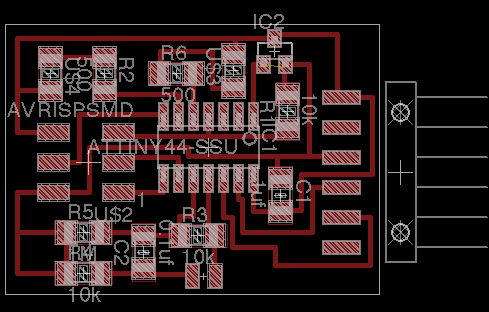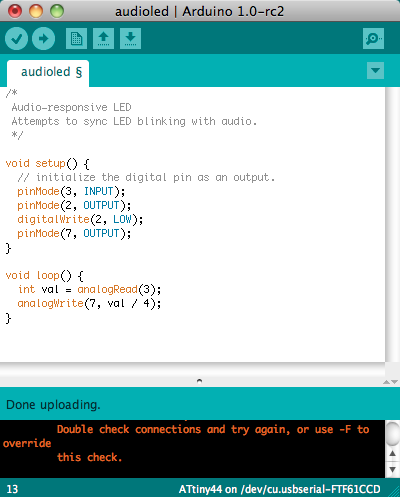08 | input devices
MUSIC RESPONSIVE HOLIDAY LIGHTS BY ALBERT CHING
With the holiday season nearing, I spent this week learning about sound input devices to see if I could put together a board that was responsive to the music that is playing. The process of getting there unfortunately was not as simple as I hoped and I am still working through how to read and create digital output from the electret microphone via Arduino and Processing. I did, however, get much more inspiration and clarity for what I wanted to do for my final project - music responsive holiday lights that I hope to deploy on a random street in Dhaka in January.
Which is a better input device for producing a compelling lighted, human experience?
A $2 electret microphone or a $65 bluetooth input (phone cost excluded)
The electret microphone experience
I wanted to see how the electret microphone input could directly correspond to a standard LED output so I had to first redesign the standard board that Neil gifted, which because there were no pins available ATTiny45, required the ATTiny44, which has a different configuration. I also didn't realize that some pins were more appropriate for outputs (LEDs should be in PWM pins) and inputs (electret should be in Analog pins). As a result, I had to redesign my board in Eagle and do multiple stuffing efforts to get something that I hoped would be workable.

My bigger problem was in trying to get the LED to respond appropriately to the electret microphone using Arduino. I made some valiant attempts at making this work but could not get a response that was compelling. Mostly, the light flickered constantly even when there was seemingly no sound being detected. I'm not sure if the microphone needed to be calibrated. I'm not sure if it was just me but there didn't seem to be a lot of documentation on Arduino interfaces with the electret, at least none that could simply explain how to make it work.

My final project inspirations
The goal of my final project is to create a music-responsive, lighted experience for a random street in Dhaka in January, as part of a project to see if we can measure and seed urban-scale experiments in hopes of making alternatives to driving sexier (like walking). The overall project is called Living Dhaka and we'll be recruiting 100 volunteers, 50 that have phones who will scan people as they move throughout a space. A great test project that is seasonally appropriate is to use input devices that can plug into holiday lights like the one shown below.
Great movie for the holidays